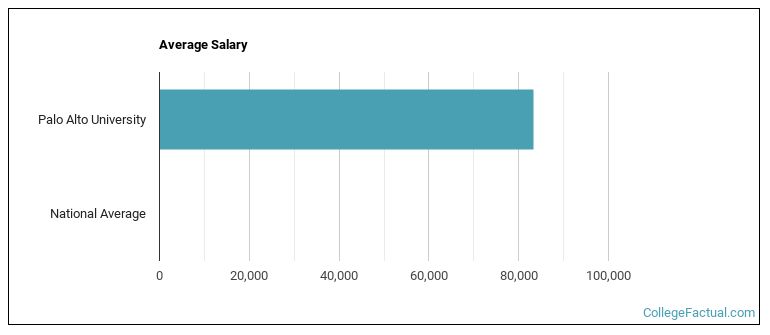 by our College Data Analytics Team
by our College Data Analytics TeamIn its yearly rankings, College Factual analyzes over 2,000 colleges and universities to determine which ones are the best in a variety of categories, such as overall value, quality, diversity, which schools are the best for each major, and much more.
Palo Alto University was awarded 8 badges in the 2025 rankings. The highest ranked major at the school is clinical, counseling & applied psychology.
Explore the best ranked schools for the programs you are most interested in.
Pacific Graduate School of Psychology was not ranked in College Factual's Best Overall Colleges report this year. This may be because not enough data was available.
The student to faculty ratio at Pacific Graduate School of Psychology is an impressive 12 to 1. That's quite good when you compare it to the national average of 15 to 1. This is a good sign that students at the school will have more opportunities for one-on-one interactions with their professors.
When estimating how much access students will have to their teachers, some people like to look at what percentage of faculty members are full time. This is because part-time teachers may not have as much time to spend on campus as their full-time counterparts.
The full-time faculty percentage at Palo Alto University is 56%. This is higher than the national average of 47%.
During the 2017-2018 academic year, there were 76 undergraduates at Pacific Graduate School of Psychology with 70 being full-time and 6 being part-time.

See which majors at Palo Alto University make the most money.
Get more details about the location of Palo Alto University.

Contact details for Pacific Graduate School of Psychology are given below.
| Contact Details | |
|---|---|
| Address: | 1791 Arastradero Rd, Palo Alto, CA 94304-1337 |
| Phone: | 800-818-6136 |
| Website: | www.paloaltou.edu/ |
| Most Popular Majors | Bachelor’s Degrees | Average Salary of Graduates |
|---|---|---|
| Clinical, Counseling & Applied Psychology | 198 | NA |
| Mental & Social Health Services | 100 | NA |
| General Psychology | 42 | $29,432 |
Online courses area a great option for busy, working students as well as for those who have scheduling conflicts and want to study on their own time. As time goes by, expect to see more and more online learning options become available.
In 2022-2023, 494 students took at least one online class at Palo Alto University. This is a decrease from the 1,149 students who took online classes the previous year.
| Year | Took at Least One Online Class | Took All Classes Online |
|---|---|---|
| 2022-2023 | 494 | 493 |
| 2021-2022 | 1,149 | 1,149 |
| 2020-2021 | 553 | 431 |
| 2018-2019 | 412 | 279 |
Footnotes
*The racial-ethnic minorities count is calculated by taking the total number of students and subtracting white students, international students, and students whose race/ethnicity was unknown. This number is then divided by the total number of students at the school to obtain the racial-ethnic minorities percentage.
References
More about our data sources and methodologies.